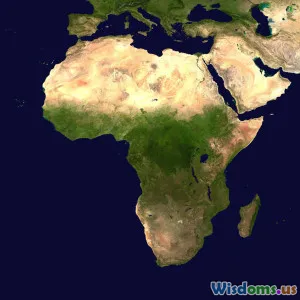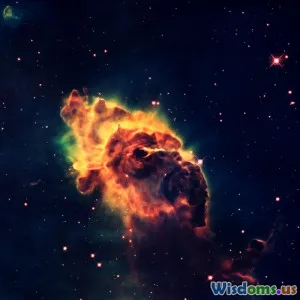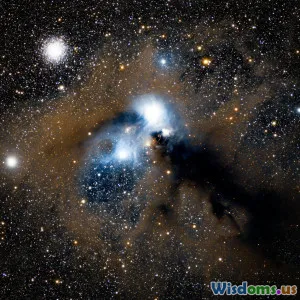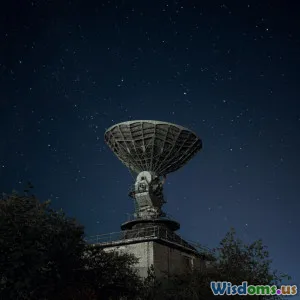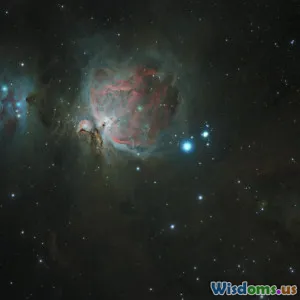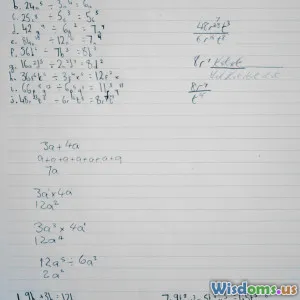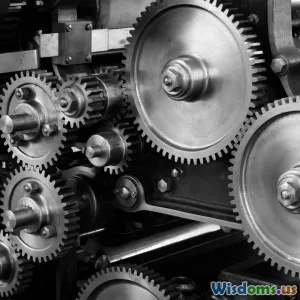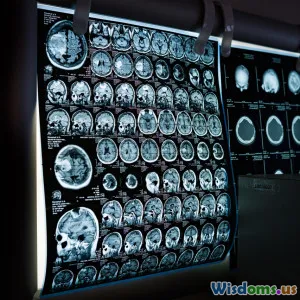
Space Time: The Fabric of the Cosmos
8 min read Explore space-time, the cosmic fabric shaping the universe’s geometry, gravity, and our understanding of reality. (0 Reviews)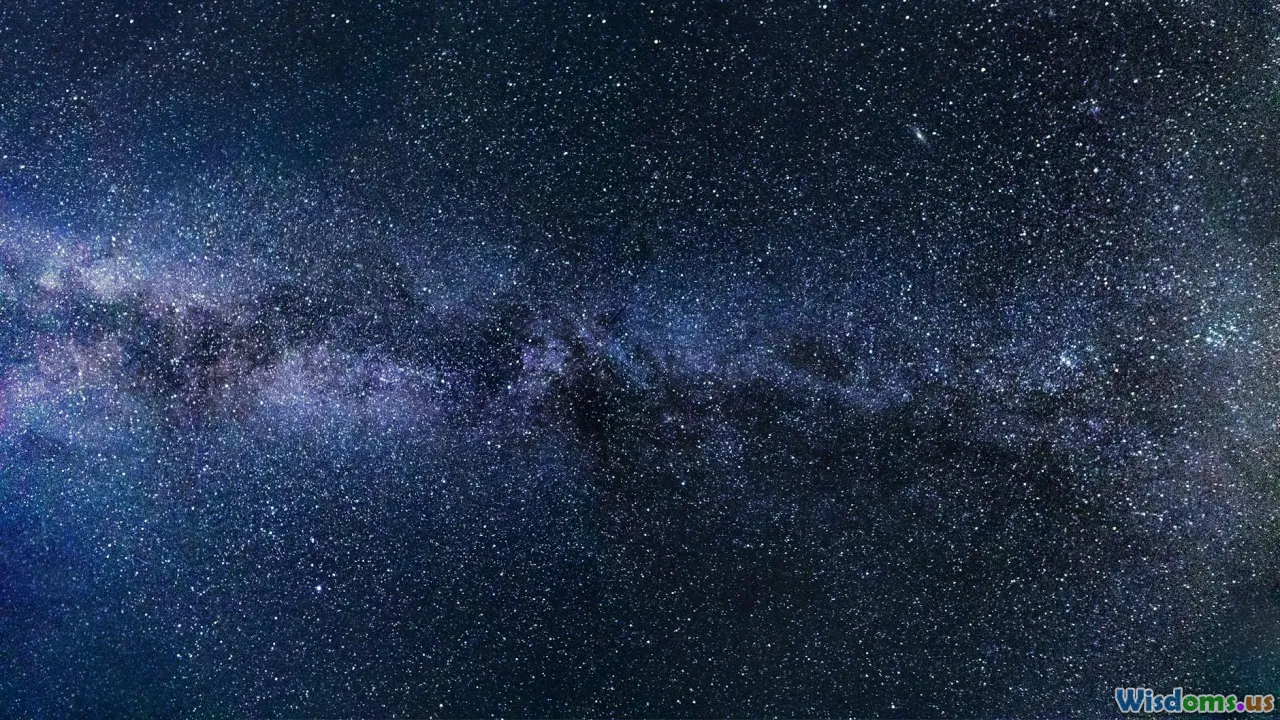
Space Time: The Fabric of the Cosmos
Introduction
What if space and time weren’t separate entities but intertwined threads of a vast cosmic fabric? The concept of space-time revolutionizes how we perceive the universe, blending three dimensions of space with the single flow of time into a four-dimensional continuum. This revolutionary idea not only transformed physics but also unmasked the nature of gravity, black holes, and the evolution of our cosmos.
Space-time challenges our everyday intuition — where space and time feel distinct — revealing them instead as intimately connected elements defining reality itself. Here, gravity is not a force pulling objects through empty space but a curvature in space-time caused by mass and energy.
This article embarks on a detailed journey through the concept of space-time, tracing its origins, significance in physics, and implications for understanding the universe.
The Birth of Space-Time: From Newton to Einstein
For centuries, Sir Isaac Newton's view of the universe reigned: absolute space as an unchanging stage, alongside absolute and universal time, ticking uniformly. Gravity was described as a mysterious force acting instantaneously at a distance. Though effective for centuries, this model struggled with anomalies at cosmic scales and in the realm of light.
The breakthrough came with Albert Einstein in the early 20th century. Through his Special Theory of Relativity (1905), Einstein revealed that measurements of space and time depend on the observer’s motion, merging them into a four-dimensional fabric known as space-time. Time no longer ticked uniformly everywhere but varied relative to observers moving at different speeds.
Expanding this to include gravity led to Einstein’s General Theory of Relativity (1915), which described gravity not as a force but as the curvature of space-time around mass and energy. The famous analogy: imagine a stretched rubber sheet (space-time) distorted by a bowling ball (mass), causing smaller objects to orbit along the curved paths.
Einstein’s equations predicted phenomena such as the bending of light around massive bodies (gravitational lensing), time dilation near strong gravitational fields, and the existence of black holes.
Understanding Space-Time Geometry
Space-time blends three spatial dimensions (length, width, height) with one temporal dimension. Events are points in this 4D continuum, described by four coordinates — three for position and one for time.
Unlike Euclidean space we learn in school, space-time geometry is non-Euclidean. This means traditional straight lines and angles warp due to gravity. Einstein’s field equations dictate how mass-energy tells space-time how to curve, and this curved space-time tells objects how to move.
This curvature affects:
- Time Dilation: Clocks closer to massive bodies tick more slowly relative to distant observers. For example, astronauts near a black hole would experience time far differently than someone earthbound.
- Gravitational Waves: Ripples in space-time caused by violent cosmic events, such as merging black holes, were first predicted by Einstein and detected a century later by LIGO in 2015, confirming that space-time behaves dynamically.
Real-World Evidence and Applications
Space-time is not just theoretical — its implications have been observed and measured across multiple settings:
-
GPS Satellites: Accurate positioning requires adjustments for relativistic effects. Satellites in Earth's orbit experience less gravity and move faster than receivers on the surface, causing time deviations. Engineers must correct for these differences rooted in space-time theory for GPS to function accurately.
-
Black Holes and Event Horizons: These cosmic phenomena are regions of space-time where curvature becomes extreme, preventing even light from escaping. Recent imaging of black holes by the Event Horizon Telescope offers firsthand visual evidence, confirming predictions from space-time geometry.
-
Cosmic Expansion: Modern cosmology relies on Einstein’s space-time fabric framework to describe the universe’s evolution, including the Big Bang, cosmic inflation, and dark energy's mysterious accelerating expansion, all linked to the fabric’s properties.
Philosophical and Conceptual Implications
Space-time molds not only physics but the philosophy of existence and reality:
-
The Nature of Time: Space-time unites space and time, challenging classical concepts of a universal 'now.' This has sparked discussions from physicists and philosophers about the flow of time, causality, and determinism.
-
Multiverse Theories and Quantum Gravity: Efforts to reconcile quantum mechanics with curved space-time spur theories like string theory and loop quantum gravity, suggesting that space-time itself might be emergent or quantized.
Inspiring the Future
Our understanding of space-time continues to grow, fueled by advanced experiments and observations. Upcoming missions like the James Webb Space Telescope probe the early universe, while gravitational wave observatories open new cosmic windows.
Space-time serves as the foundation for future scientific breakthroughs, with potential applications ranging from quantum computing to interstellar travel concepts.
Conclusion
Space-time, the fabric of the cosmos, reshaped our understanding of reality itself. From Einstein’s insights to modern technology, it reveals a universe far more interconnected and dynamic than once imagined. Understanding this four-dimensional weave transforms not only how we view gravity and motion but also challenges deep philosophical questions about existence and time. As we continue unraveling space-time’s mysteries, each discovery emboldens our quest to comprehend the cosmos’ deepest secrets, illuminating the path from the infinitesimal to the infinite.
By embracing the fabric of space-time, we gain not only scientific insight but a more profound appreciation for the beautiful, interconnected universe we inhabit.
“Time and space and gravitation have no separate existence from matter.” — Albert Einstein
Rate the Post
User Reviews
Popular Posts










